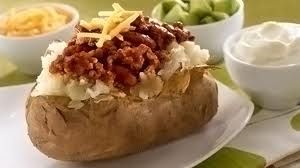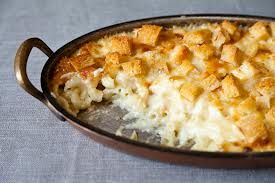President Donald Trump
Donuts Trump Healthy Desires, Hands Down
We want one thing yet often act against self-interests.
Posted July 3, 2013

When it comes to replacing an old habit with a new behavior, “Knowledge is power.” At least that’s what most people believe. But a lot of evidence shows it isn’t true.
I refer to the common belief that you can change once you gather all the facts. But as I wrote in a recent post on how it takes emotion rather than facts to change a habit, everybody knows what to do to stop smoking or lose weight, and yet they fail to do it. It is as if we were of two minds: part of us wants to fit into skinnier jeans while another part wants pie and double cheeseburgers along with Krispy Kremes as well; part of us wants clean lungs while another part takes us outside to smoke in the rain or the snow; part of us wants to stop drinking while another part takes our feet to the liquor store.
We’re all of us Jekyll and Hyde, constantly at odds with ourselves. It is human nature to want conflicting things because our brains are designed with competition built–in. Think of a legislature with two chambers and you get the idea. Because of this we frequently act against our own self–interest (governments do, too, as historian Barbara Tuchman illustrated in The March of Folly; but that’s a different story).
That we do undermine self–interests is particularly clear when it comes to food choices. As Stephanie Clifford reported in the New York Times the irony is especially strong for those who believe their healthy–eating choices to be well “informed.” That is, they assume that nutritional knowledge empowers them.
Yet at fast food places that also offer healthier choices, those who claim to be virtuous—by limiting red meat, for instance, eating minimally processed foods and consuming plenty of fruits, vegetables, and healthy oils—are precisely the ones most likely to opt for calorie–dense, fat–laden indulgences. Their action defies common sense.

For instance, Dunkin’ Donuts offers a DDSMart® menu of “Better–For–You Choices That Keep You Running.” And yet after a test in Massachusetts their donut breakfast sandwich went viral nationwide. Clocking in at 360 calories, it consists of bacon and a pepper–fried egg stuffed between two halves of a glazed donut. (I have to admit I’m curious to give it a try.) The item contains 40% of the daily recommended amount of saturated fat and 18–30% of one’s daily calories depending on your gender and weight.
What gives? In response to America’s obesity epidemic (over one–third of adults qualify) restaurants from chains, to fast–food, to high–end eateries now feature health–wise options on their menus.
Except people aren’t buying. McDonalds, for instance, spends 16% of its marketing budget on salads, yet these constitute a mere 2% of sales. Nobody, it seems, is driving to the golden arches for their greens. Elsewhere, despite being offered apple slices, veggie burgers, and things like egg–white–and–spinach wraps, customers routinely go for the heavy stuff.
The question is, Why? Why do so many people make choices that they know are contrary to their self interest?
According to The Times’ Clifford a Duke researcher found that having healthy options did change people’s behavior—for the worse. Seeing fruit salad, plain non–fat yoghurt, or even a fish sandwich on the menu acts like a catapult, making diners shoot to the comfort food with all its sugar, salt, and fat.

It’s vicarious satisfaction at work, or what the Duke researcher calls “vicarious goal fulfillment.” That is, merely considering a healthy option makes us feel virtuous about being healthy, and this gives us latitude to go for the double–bacon cheeseburger with fried onion rings.
Counter–intuitively, posting calorie counts and related nutritional information has little, if any, effect on what diners choose. Subway, which nutritionists agree has one of the best balanced fast–food menus, also has the highest proportion of patrons who read and compare the calorie counts of various options. And yet the number of calories, as measured by studying receipts, actually increased after Subway began posting nutritional information.
The hedonistic tug towards comfort foods works in regular restaurants just as it does in fast–food joints. Last night, in Deer Isle, Maine the fried oysters beckoned, yet I knew something broiled was a better choice. What saved me was the “Mate’s Plate” that was half broiled scallops (without breadcrumbs or butter) and half fried clams. I figured splitting the difference was better than going whole hog.
Follow me @Cytowic on Twitter, Google+, Facebook, or visit my Website




